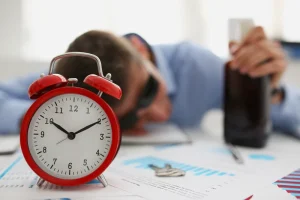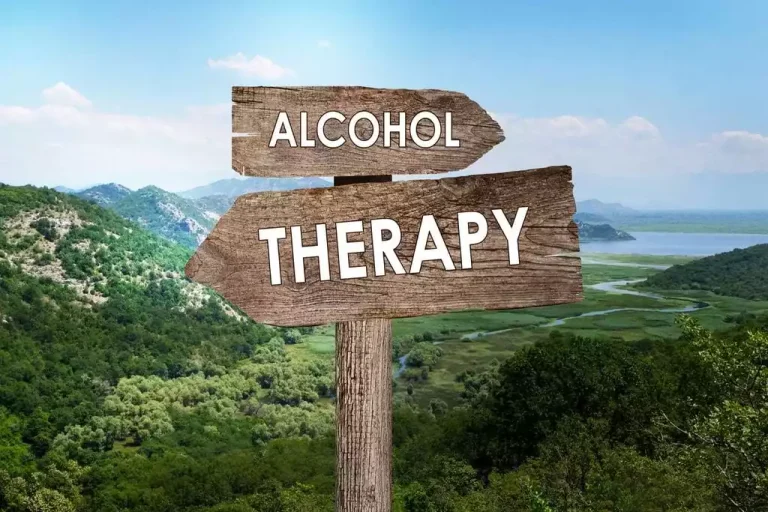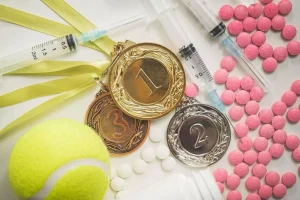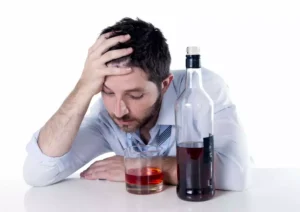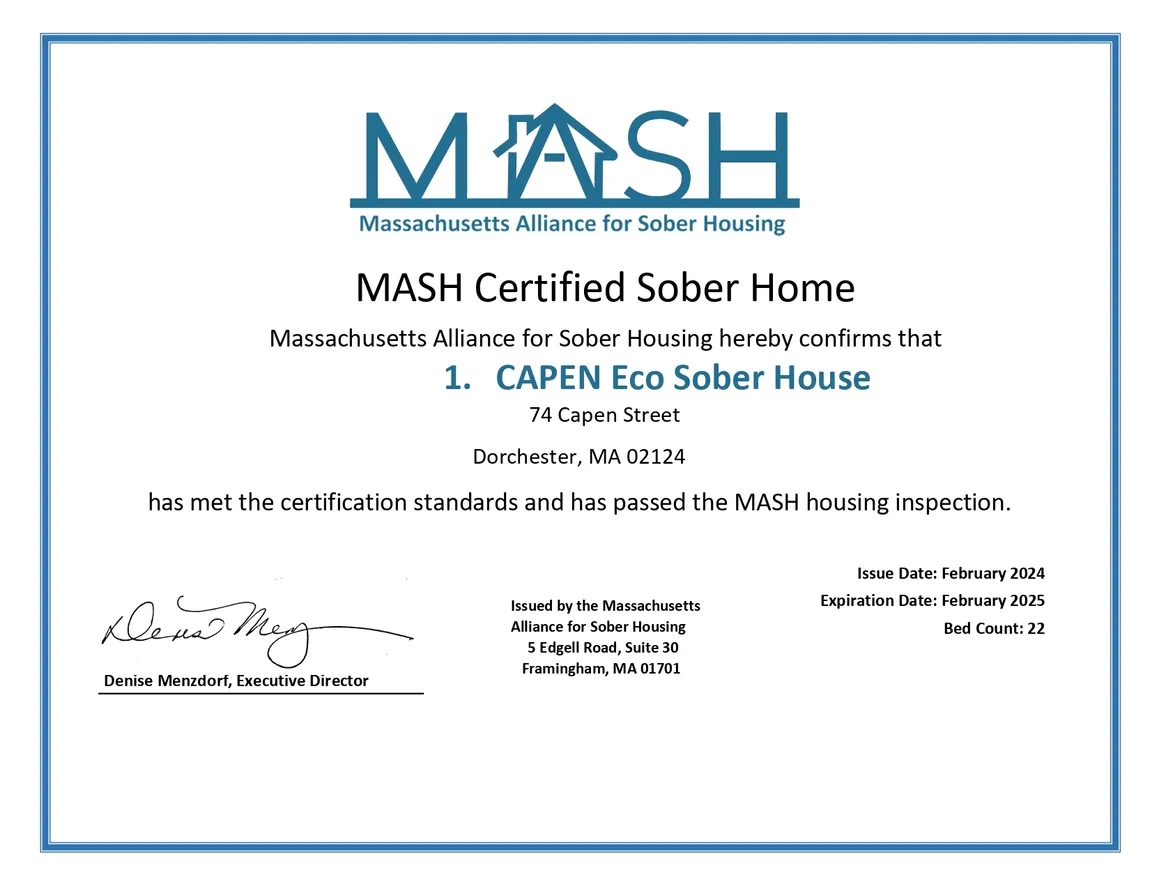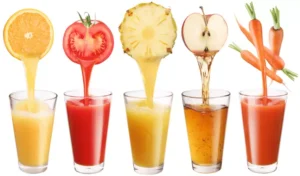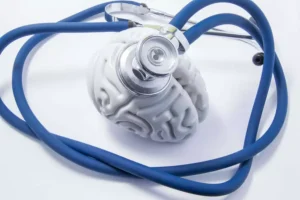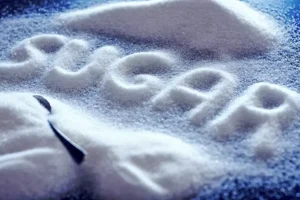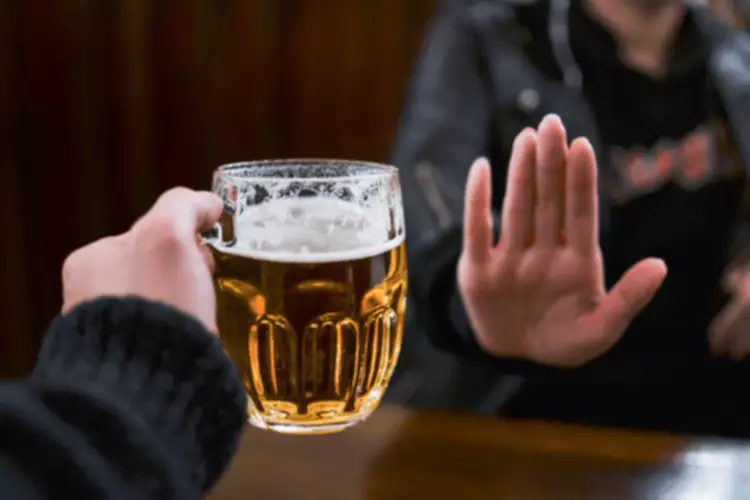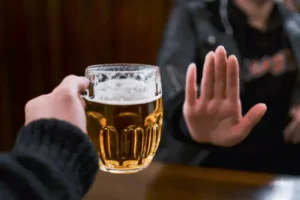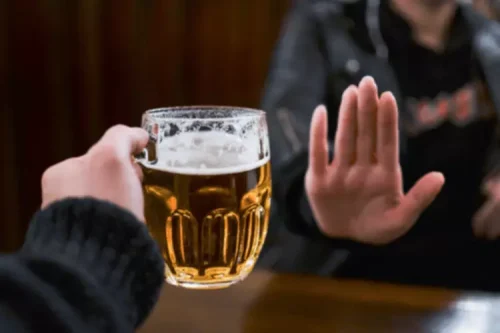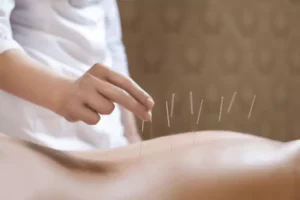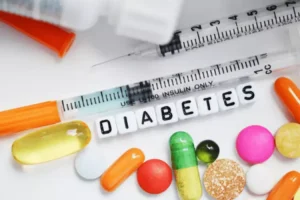Alcohol vs Weed: Which is Worse? Effects, Risks, Safety, etc
Some compounds in cannabis have been found to be anticancer, antibiotic, and antifungal. There are some potential cardiovascular benefits with light-to-moderate use like 1-2 glasses of wine per day. Alcohol is legal and can be purchased almost anywhere and everywhere.
- Similar to drinking alcohol, smoking marijuana results in intoxication and users report feelings of happiness, confusion, relaxation, impulsiveness and hunger.
- Excessive alcohol use can cause brain damage and degenerative conditions like Wernicke-Korsakoff syndrome, which can cause severe memory impairment and other cognitive deficits.
- Additionally, alcohol is more socially acceptable in public use or work situations while using cannabis at a work function could be looked down upon.
- “People are interested in an experience that allows them to relax and enjoy themselves. Some are leaning into cannabis drinks as part of the ‘Cali sober’ trend,” says Dr. Gruber.
Suffice to say that alcohol causes more deaths due to violence, accidents, car crashes, and disease than cannabis to the point where there are ever-growing statistics tracking these numbers. While there is the possibility for occasional deaths and accidents caused by cannabis use there isn’t sufficient data to compare it to alcohol. Considering the statistics you just read about marijuana-based crashes, 40 percent of car crash deaths in the US involve alcohol, and 30 percent of deaths involve alcohol above the legal limit for driving. They ultimately found a 5.8% increase in injury crash rates and a 4.1% increase in fatal crash rates when comparing the data of cannabis being legalized and when states opened recreational sales. They did find that recreational sales did not increase crash rates as much as the initial legalization did. While the growing increase in medical and recreational cannabis legalization is providing a larger data set there isn’t enough tracking to link specific medical deaths to cannabis.
What are cannabis-infused drinks?
It’s possible to develop an emotional and/or physical dependence on both substances. Alcohol is also highly addictive and over time addiction can increase your chances of developing health issues and even a physical dependency. Overall, cannabis use can be healthier and less addictive than alcohol use. Many of the issues have to do with legality and preconceived judgment of cannabis. Alcohol has been legal significantly longer compared to cannabis and some of these stigmas can impact people’s judgment about cannabis use.
Decreased cognitive function
The finding aligns with some previous research on alcohol’s connections with violence. For marijuana, some research initially suggested a link between smoking and lung cancer, but that has been debunked. The January report found that cannabis was not connected to any increased risk of the lung cancers or head and neck cancers tied to smoking cigarettes. In 2014, 30,722 people died from alcohol-induced causes in the US — and that does not count drinking-related accidents or homicides. If those deaths were included, the number would be closer to 90,000, according to the Centers for Disease Control and Prevention.
Does caffeine really affect heart health?
There currently isn’t a Blood Marijuana Level federally recognized but as more states adjust to legal cannabis use we can have clearer and more stringent measures to monitor driving while intoxicated on cannabis. While the death toll may not be the same, the effect on drivers has been sufficiently observed. While, due to alcohol being legal for decades and drunk driving being illegal for a significant amount of time the law has preset blood alcohol levels to dictate how much alcohol is too much in your system while driving.
Higher risk of dependence
Now while cannabis deaths caused by disease, illness or drug interactions there are some data points regarding accidents, specifically car accidents. Legalization has provided data points about the potential increase in accidents related to cannabis. Alcohol is not only more addictive it also can cause more lasting damage to your health than cannabis. While excessive marijuana use can take a negative toll on your health many of these side effects can be reversible. The statements made regarding cannabis products on this website have not been evaluated by the Food and Drug Administration (FDA).
Cannabis has been found to potentially increase your chances of developing anxiety, paranoia, and psychotic symptoms.There is ongoing research on the relationship between marijuana use and mental health disorders. Inhalant Withdrawal as a Clinically Significant Feature of Inhalant Dependence Disorder PMC Additionally, long-term use of both substances together may increase the likelihood of developing tolerance or dependency, which could make managing symptoms more challenging over time. There’s also limited research on how cannabis affects Cymbalta’s metabolism, meaning that some users may experience unpredictable drug interactions. Using weed before drinking alcohol may minimize the effects of alcohol. This means you might be tipsier than you feel, increasing your risk for becoming overly intoxicated. While there’s some research around the effects of drinking alcohol before using weed, there isn’t much about the opposite approach.

